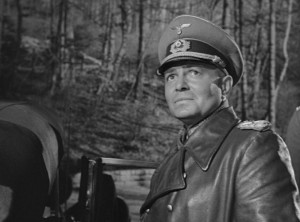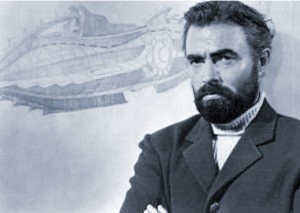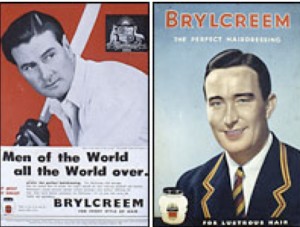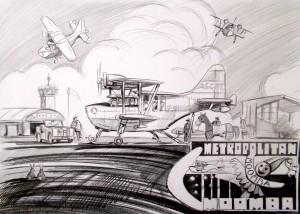The Moomba was an extraordinary aircraft. Unfortunately for all the wrong reasons.
With the catchy jingle “lets get together and have fun”, it inspired a generation of the well to do with the possibility of extending their socialising to the most exclusive realm, the rarefied sky above.
Originally conceived as a Metropolitan short hop commercial airliner it was plagued by the inherent contradictions written into the design brief. The Metropolitan Aircraft Company was a small boutique concern focused predominately on converting CAC Wirraways and Boomerang fighters (ex surplus) to crop dusting roles. In this capacity they were successful in transforming the Wirraway, (not renowned for its agility nor offensive capabilities) into a proven winner. The Boomerang, though significantly adapted, had a tendency to not come back due to systemic problems with an auto pilot system pioneered by the Austral Wireless Company. This pioneering, innovative work later led to the development of iconic products that changed Australian post war society and inaugurated the “Computer Age” with the ‘Record Selector’, LP sorting system and the ‘Dial o Matic’. Food slicer.

Erwin Rommel as James Mason. About to board a Fiesler Storch aircraft. Appearing in the very popular, ‘The case of the smiling Korps”, c.1942
The Moomba was conceived as mid sized commuter aircraft, adapted from a detailed analysis of a captured ex Afrika Korps Fiesler Storck, (provenance none other than the famous Desert Fox, Field Marshall Erwin Rommel himself). Its demographic was unashamedly directed towards graziers, who required a “runabout” for getting about sizeable landholdings, and when required enough ‘legs’ to get them to Flemington, the MCC, Portsea, Barwon Heads, Hunt Club gatherings or the ski fields. Thus equipped it was unusual in that the landing undercarriage was augmented with skis, and the hull shape, amphibious, incorporating a semi detached horse float and cocktail cabinet. It also was heavily influenced by the current range of stylish senior executive saloon cars, (the Humber Super Snipe, and Armstrong Siddeley Pathfinder) in having a luxuriously appointed walnut veneer instrument panel, cocktail cabinet, and storage cupboard adapted to hold several 12 gauge shot guns, a semi automatic .22 rifle, field glasses and luxuriously engraved, bronze and stainless steel shooting stick supplied by the exclusive London firm of James Purdey and Sons, (by appointment) 

James Mason at the Launch of the ‘Moomba” Background depicts earlier prototype.
The Hollywood legend James Mason added a dash of style at the launch of the Moomba at Georges, 12th April 1952. Initial sales were impressive with several dozen being purchased in the first year, and orders promised capacity production for the following two years. The company’s factory (a converted shearing shed outside Hamilton) and its offices at 36 Collins Street were forced to take on extra staff, and in the boom years between 1950 and 1956, sales of the Moomba skyrocketed with orders coming in from as far afield as Argentina, Texas, the Channel Islands and some exclusive and much publicised private sales to the Duke of Westminster and the Sultan of Brunei. Even the young Princess Margaret had one signed and delivered to Balmoral by none other than Keith Miller, presented to her on behalf of the touring Australian Eleven. The company’s showrooms at the premises of George’s and Henry Buck’s were affirmation enough to a refined clientele accustomed to the gentle arts of old money and carefree days of leisure. A new jingle captured the mood of the day, “Anywhere a sheep goes, we can go too, Baaaa None”.

Keith Miller, popularised the Moomba with his ‘suprise’ gift to Princess Margaret.
But then as sales reached a staggering 150 units per year, (Black Wednesday, evening on 25th September 1958) Tragedy struck. Impossibly the board of Metropolitan were encouraged to offer a Moomba as the grand first prize for the years winner of a popular television quiz show. On ‘Pick a Box’, the three remaining contestants, a retired Geelong Grammar art master, a Stock broker, and incredibly, a unemployed waterside worker were in the running. The art master was tipped out early in the running when he incorrectly and presumptuously answered “Boy” to an art related question confusing Gainsborough’s whimsical subject figure with the source of the Nile. Unexpectedly in the commerce category, in a tie between the stockbroker and the waterside worker, when asked; ‘what’s the price for a Steinway, direct imported Concert grand piano’? only the waterside worker could provide the correct answer. Stunned, the subsidiary question was offered, “what’s the resale value of an unprocessed bale of tobacco on the open market”, he correctly replied, ‘seventy hundred and fifty five pounds’, with the qualification ‘I can give both market and street value if you like’? Flummoxed, the company delivered the Metropolitan to his house in Port Melbourne. The event captured the eye of the international press. The worker, Des Dungey, converted it into an ice cream van, adapted the interior as a gaming venue, left his job and built up a successful franchise.
Overnight, sales of the Metropolitan crashed. It had lost its cachet. Orders to the Duke of Westminster and the Sultan of Brunei were cancelled. Princess Margaret’s plane was mysteriously destroyed by a chance encounter with a Small-goods delivery van. The company tried to rebadge it as the ‘Windsor Wanderer’, the the ‘Royal Ascot Ambi-plane’, but the damage had been done. By 1960, you couldn’t give one away.
Specifications Crew: 2.
Range: 1500 miles Powerplant: 2x Argus 4 Cylinder inline engines 450 hp (680 kw) each Performance Maximum speed: 146 mph, 297 kmh.
Range: 1,700 nm (1,960 mi, 3150 km)
Service ceiling; 24,500 ft (7,470m) Rate of climb; 1,200 ft/min (3.3 m/s)

